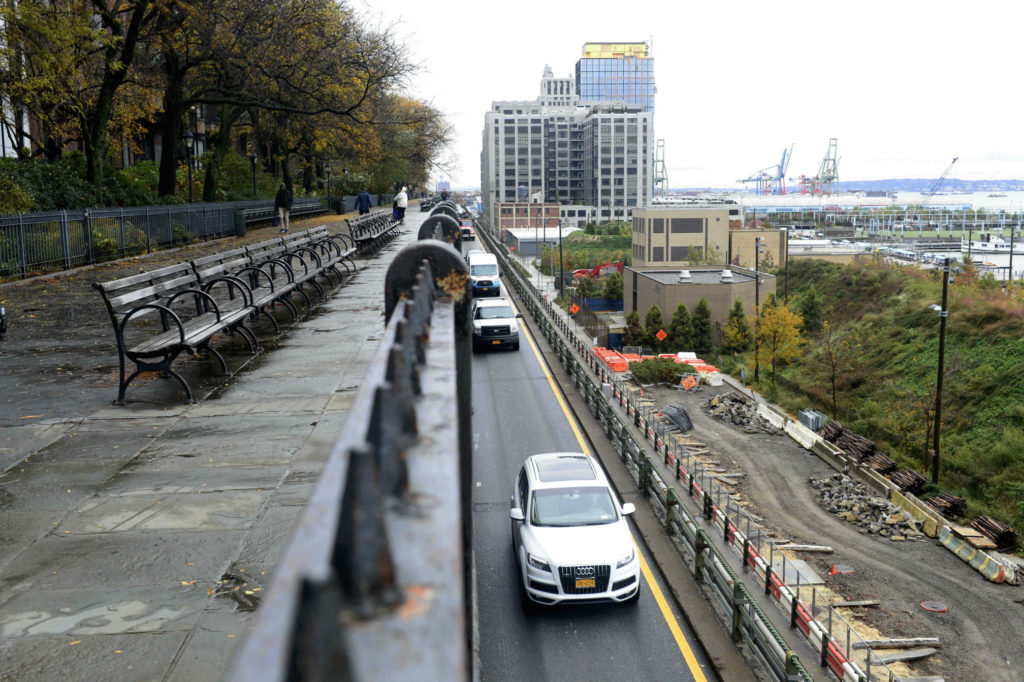No matter how DOT repairs BQE, Brooklyn Heights Promenade will be out of commission for a long time
Pollution will be a major problem

The Brooklyn-Queens Expressway. Eagle photo by Todd Maisel
“People are freaking out, and I don’t blame them,” state Assemblymember Jo Anne Simon told the Brooklyn Eagle on Monday.
As residents of Brooklyn Heights vacillate between outrage and panic, the city’s DOT has begun to analyze the feasibility of a plan put forth by community groups that might save the landmarked Promenade from being temporarily turned into a six-lane highway.
No matter which plan the city eventually goes with, however, DOT says the Promenade is going to be out of commission for years, since the walkway is the inseparable top level of the BQE’s triple layer structure.

Brooklyn Heights
View MoreRead the Brooklyn Height's Press and Cobble Hill News. Find out more about Brooklyn Height's History here.